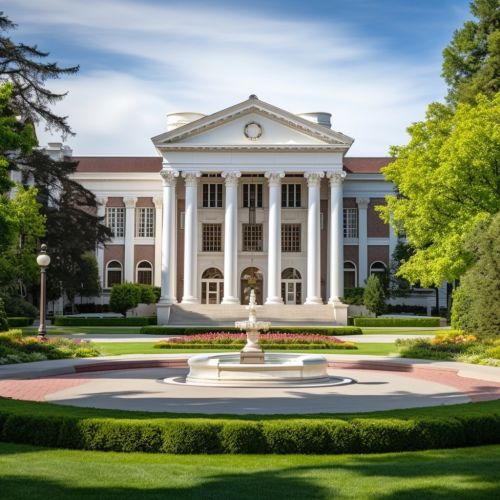List of law schools in the United States
Overview
In the United States, law schools are graduate-level institutions where students earn a professional degree in law after completing an undergraduate degree. Law schools in the U.S. confer the Juris Doctor degree (J.D.), which is a professional doctorate, and is the highest degree in law.


Accreditation
In the United States, law schools are accredited by the American Bar Association (ABA). This accreditation is important because it ensures that the education provided by these institutions meets certain standards of quality. Graduates of ABA-accredited law schools are eligible to sit for the bar examination in any U.S. jurisdiction.
Admission
Admission to law schools in the United States is typically based on the applicant's score on the Law School Admission Test (LSAT), undergraduate grade point average (GPA), letters of recommendation, and personal statement. Some law schools also consider the applicant's work experience, extracurricular activities, and other factors.
Curriculum
The curriculum in U.S. law schools typically includes courses on constitutional law, contract law, property law, tort law, civil procedure, and legal writing. In addition to these foundational courses, students are usually required to take advanced courses in areas of their choosing and to complete a major research paper.
Rankings
Numerous publications rank law schools in the United States. The most well-known of these rankings is probably the one published annually by U.S. News & World Report. These rankings are often criticized for their methodology and their influence on the decisions of prospective students.
Notable law schools
There are many notable law schools in the United States. These include Harvard Law School, Yale Law School, Stanford Law School, and Columbia Law School, which are often referred to as the "top-tier" law schools.
